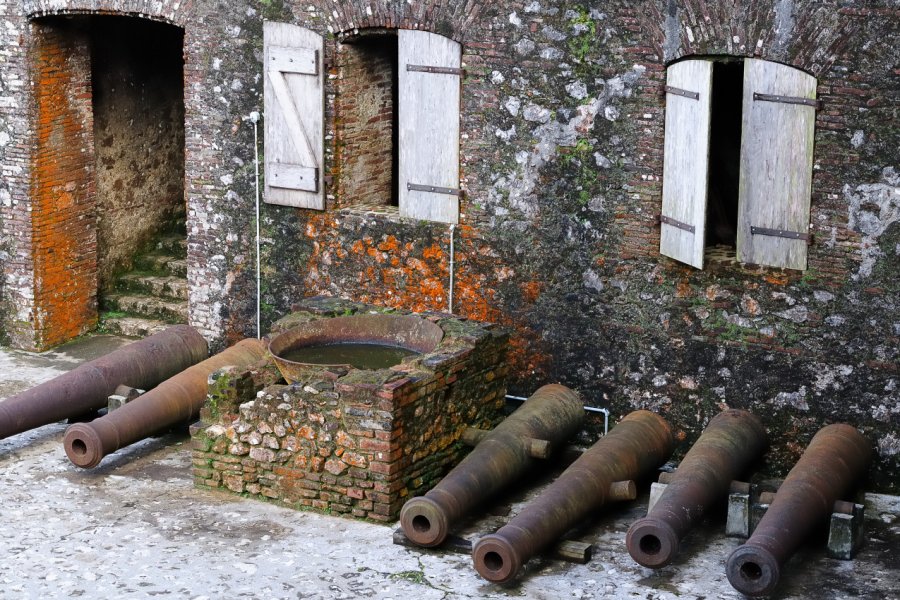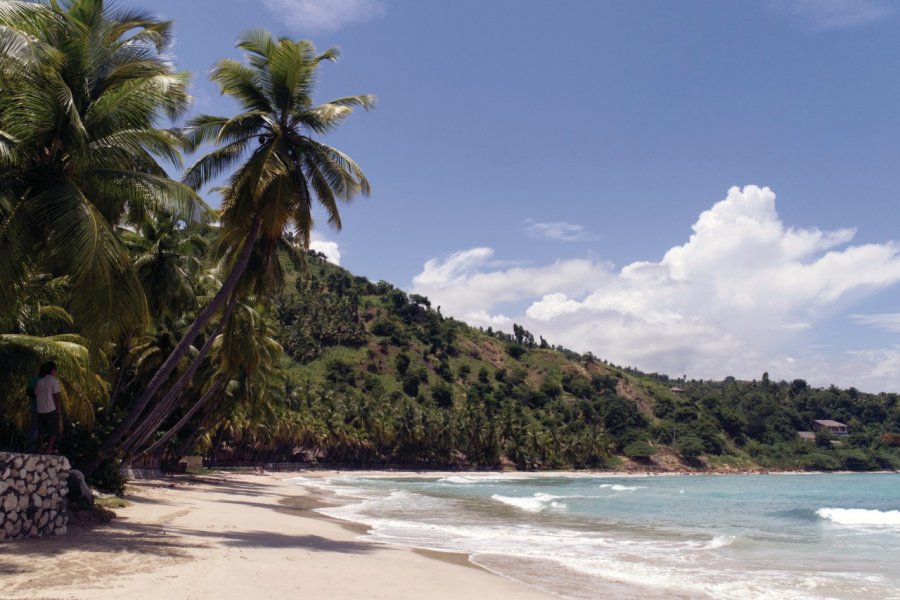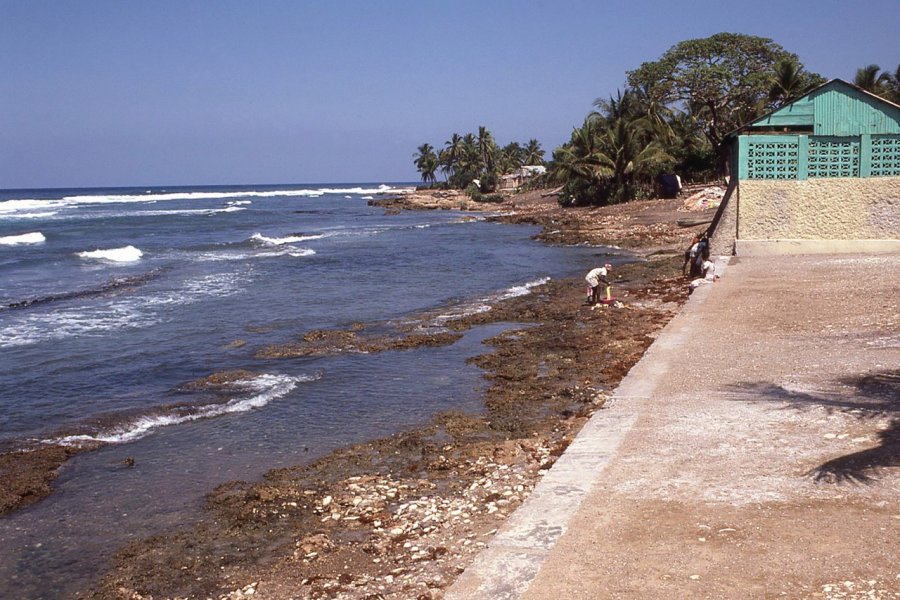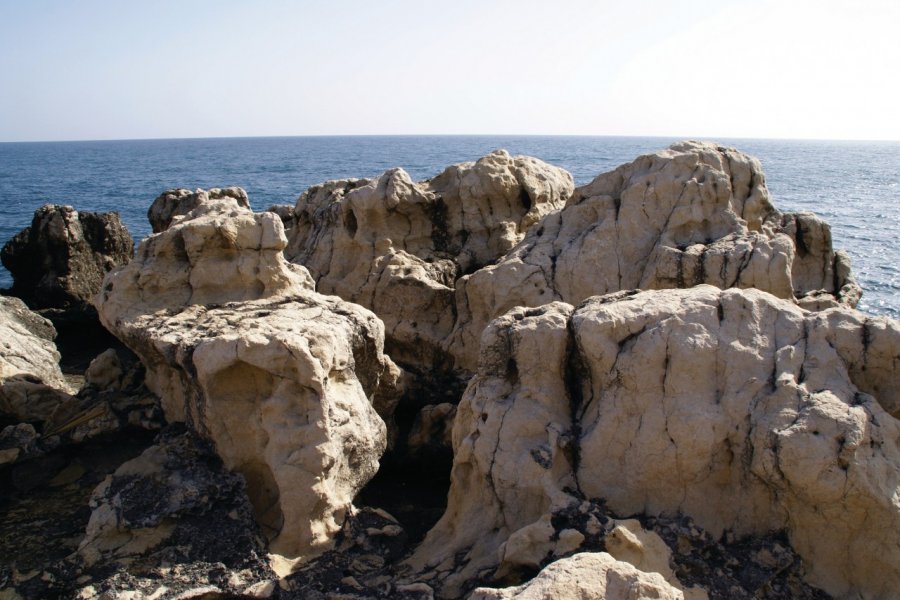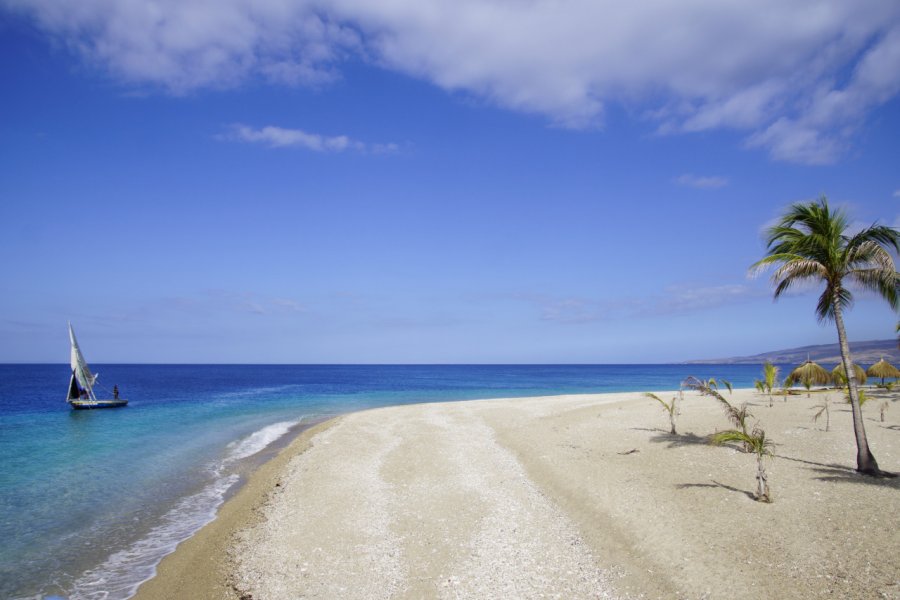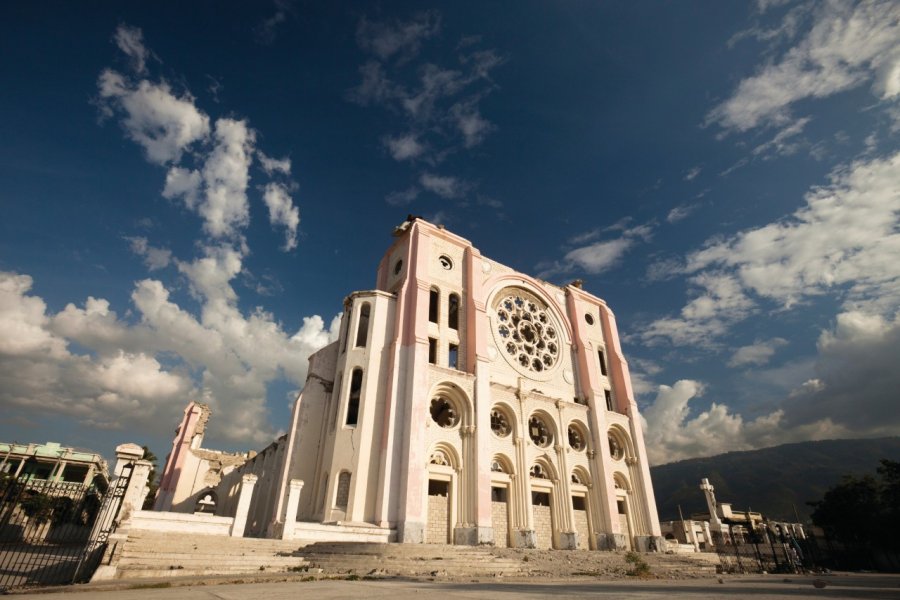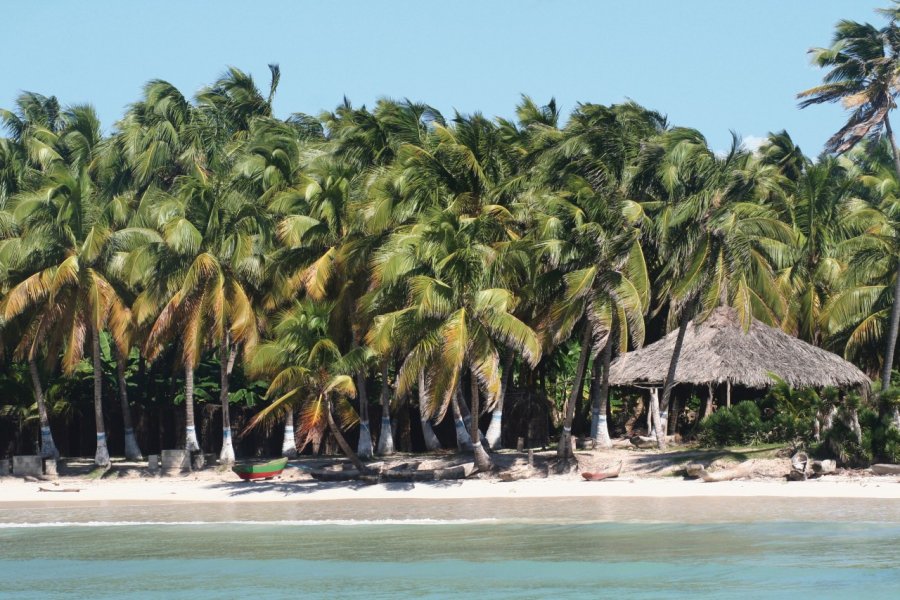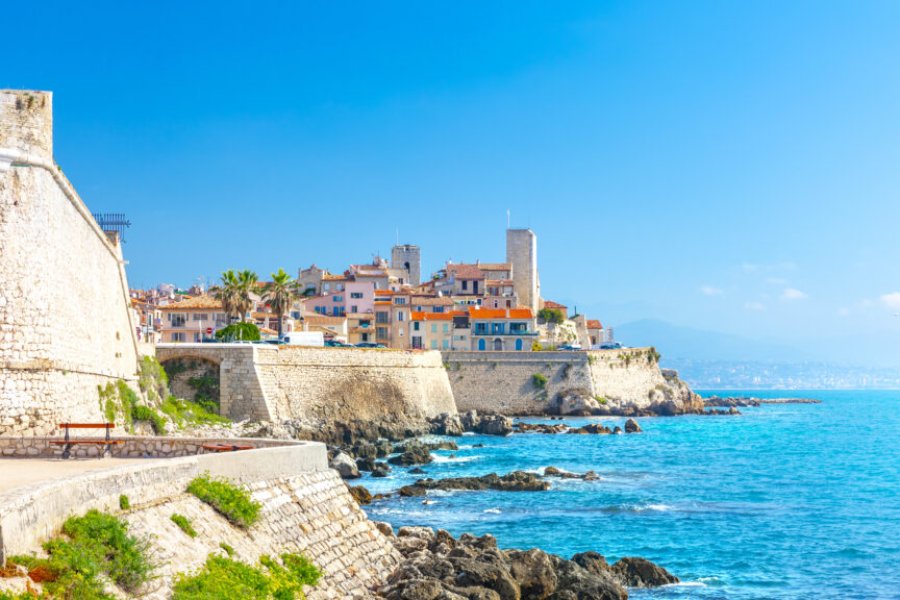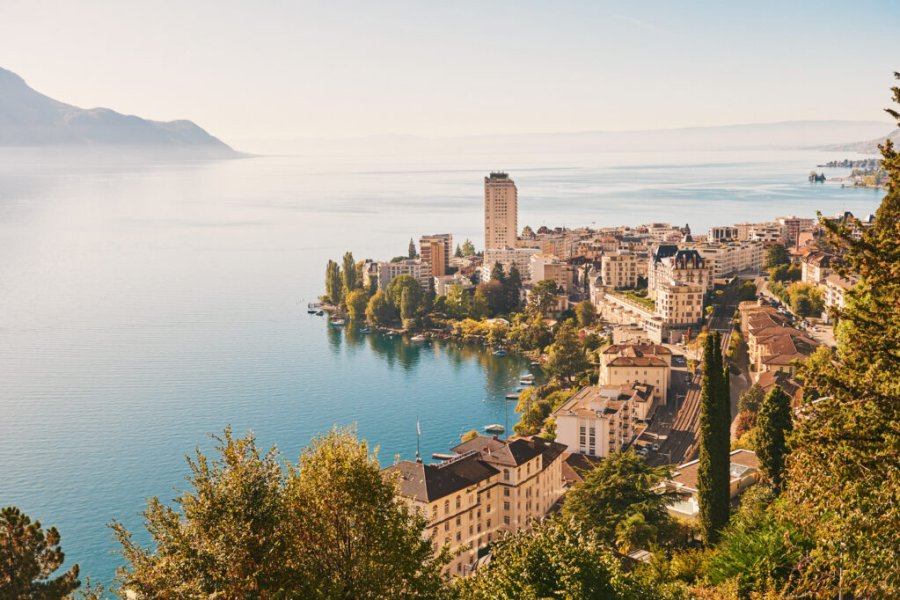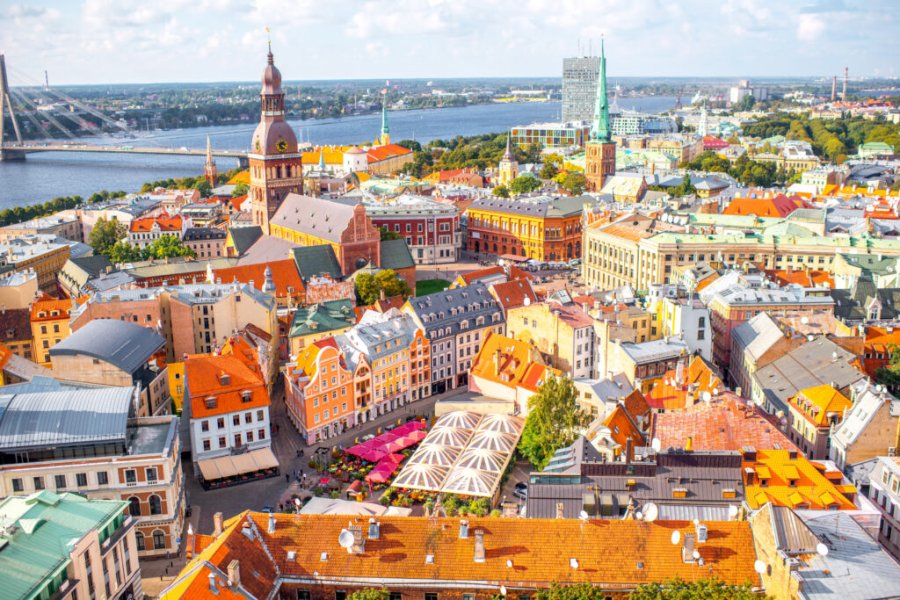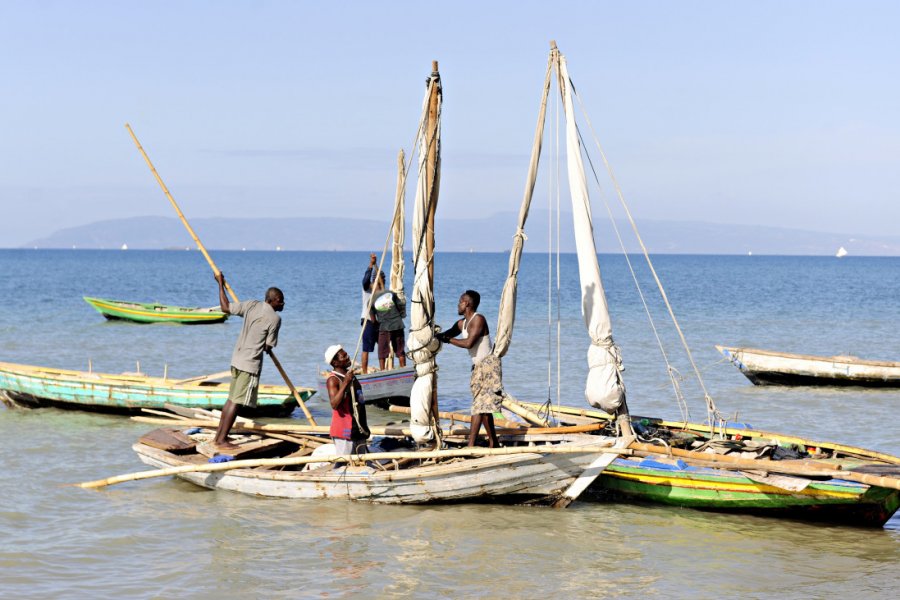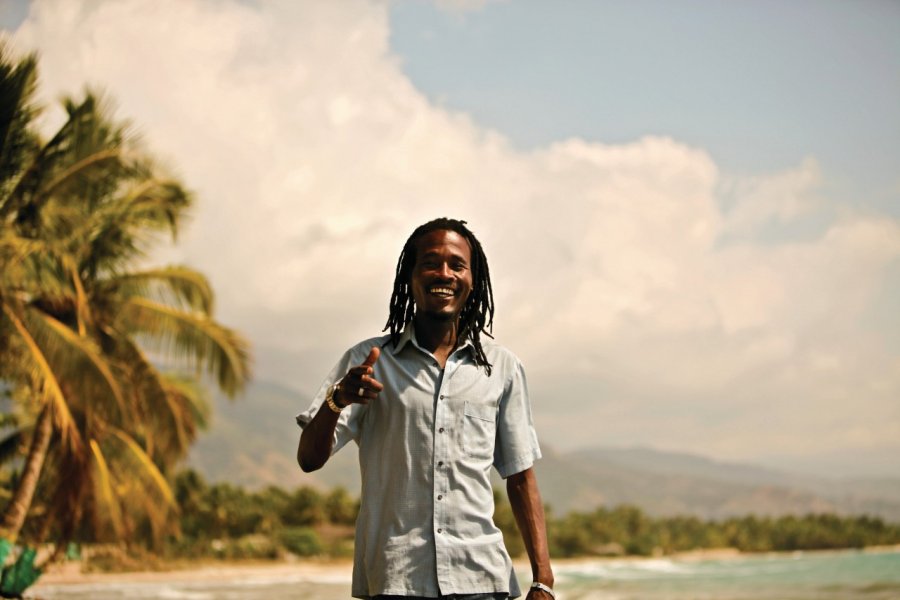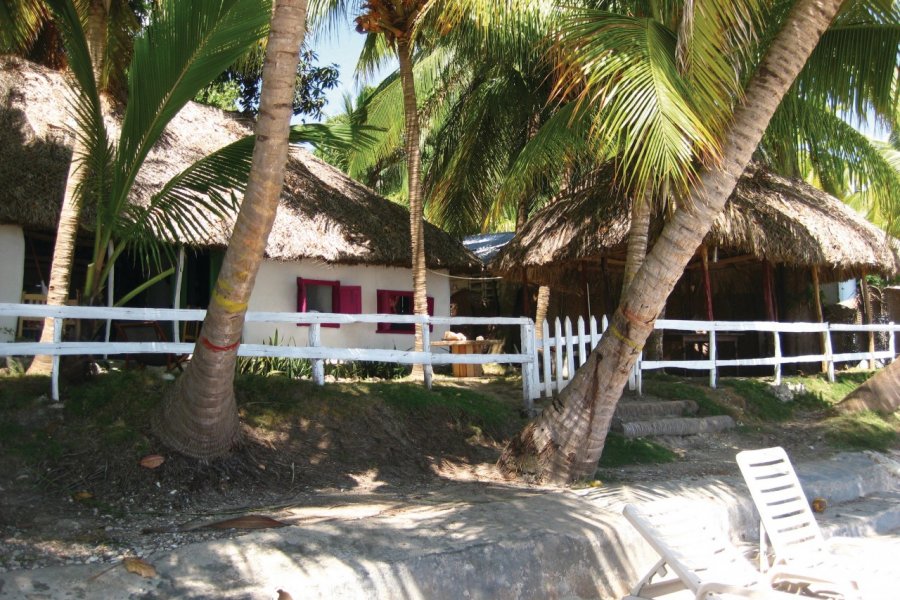Travel Guide Haiti
It is the only independent French-speaking territory in the Caribbean. This warm country of the Greater Antilles shares an island with the Dominican Republic. In addition, there are several small islands and archipelagos, including La Gonâve,Tortue Island, Cayemites andÎle-à-Vache. Occupying the western part of the big island, only 87 km from the Cuban coast, Haiti culminates at the peak La Selle (2 680 m). The mountains, a forest with a rich biodiversity - even if deforestation is still increasing - and the beaches of paradise, including the famous ones of Jacmel, make up an endearing territory. The local population and culture also exert their seduction. The music, the cuisine, the handicrafts also contribute to the charms of this enchanting destination. The island is approached through its capital Port-au-Prince where you will visit the Citadel La Ferrière, the Palace of Sans-Souci and the Museum of the Haitian National Pantheon. Other sites to discover include the National Historical Park and the Historical Park of Sugar Cane. Haiti hit by a terrible earthquake in 2010, also hit by Hurricane Matthew in 2016, has now rebuilt itself. Tourist facilities and services are operational. Haiti, which was once the preferred vacation spot of wealthy Americans, has become more democratic even if it is not a mass tourism destination. And if the Creole language is not lacking in charm, French-speaking tourists especially appreciate that French is spoken in this Caribbean country.
What to visit Haiti?
Suggested addresses Haiti
When to go to Haiti?
To stay in Haiti, one should avoid the rainy seasons from April to June and from October to November, especially if one plans to travel around the country. These seasons are however interesting for the discovery of the biodiversity. But it is especially the period of the hurricanes from June to December which is not recommended. You should therefore plan your stay in Haiti to take advantage of the best period, from December to March. And for the carnival: it is February in Port-au-Prince and in several other cities of the country, from Sunday of the Epiphany to Ash Wednesday it is the Mardi Gras with big heads, float parades, music groups and dances in the street.
Weather at the moment
The climate in Haiti is tropical with two rainy seasons, one from April to June, the other from October to November. The hurricane season extends from June to the end of November. If the country knows on the coasts a pleasant temperature around 30 °C in the year, in the interior of the country, the deforestation leads to an increasingly arid and hot climate (around 40 °C). Rainfall is increasingly rare and brutal causing floods and landslides.
The national currency in Haiti is the gourde (HTG). The cost of living is significantly cheaper than in Europe. Public transportation, cabs and fuel are much cheaper (up to 80% cheaper!). On the other hand, high speed internet connection is expensive.
You will be issued a free visa upon arrival, valid for three months and renewable once. You must have a passport that is valid for at least another six months. Upon arrival, non-residents must pay a tourist tax payable in foreign currency of 10 USD, 10 Canadian dollars or 10 Euros.
You will need to protect yourself from mosquitoes (malaria, chikungunya, dengue, Zika). Other health risks include rabies, cholera, typhoid fever and tuberculosis, which is endemic in Haiti. Before leaving, check that your vaccinations are up to date and consult your doctor, who will tell you what precautions to take. On site, adopt strict hygiene rules. Avoid walking barefoot. Shake your clothes, sheets and sleeping bags to dislodge any scorpions or spiders (especially mygales)...
Practical information
- When to travel?
- Weather forecast
- Budget
- Formalities
- Health
- How to travel by yourself?
- How to get organized?
- Getting around
Media
How to go to Haiti? Our advice & tips
Travel agencies generally include Haiti in their program with all-inclusive seaside stays mixed with some cultural excursions and sometimes themed stays around diving or hiking. You can be sure that you will leave during the right season and that your trip will be cancelled in case of problems (natural hazards, political situation...).
Discover our selection of travel agencies for this destinationThere is no contraindication to travel alone in Haiti. However, the usual instructions in a poor country must be respected if you want to avoid inconveniences. On site, you can negotiate with local agencies to rent a car with a driver/guide, which will be very useful. You can also opt for the local public transport (folkloric!). In any case, it is by traveling alone that you will get in touch with the population and will be able to appreciate the kindness of the Haitians.
Several car rental companies offer vehicles that are generally in good condition (check before you sign the contract), but driving is dangerous and the roads are poor. Buses connect cities and beaches and cabs take you into town. During the rainy season, you will not be able to travel easily. Beware of unofficial cabs. It is better to rent a car through an agency or a hotel or to negotiate with a cab.
